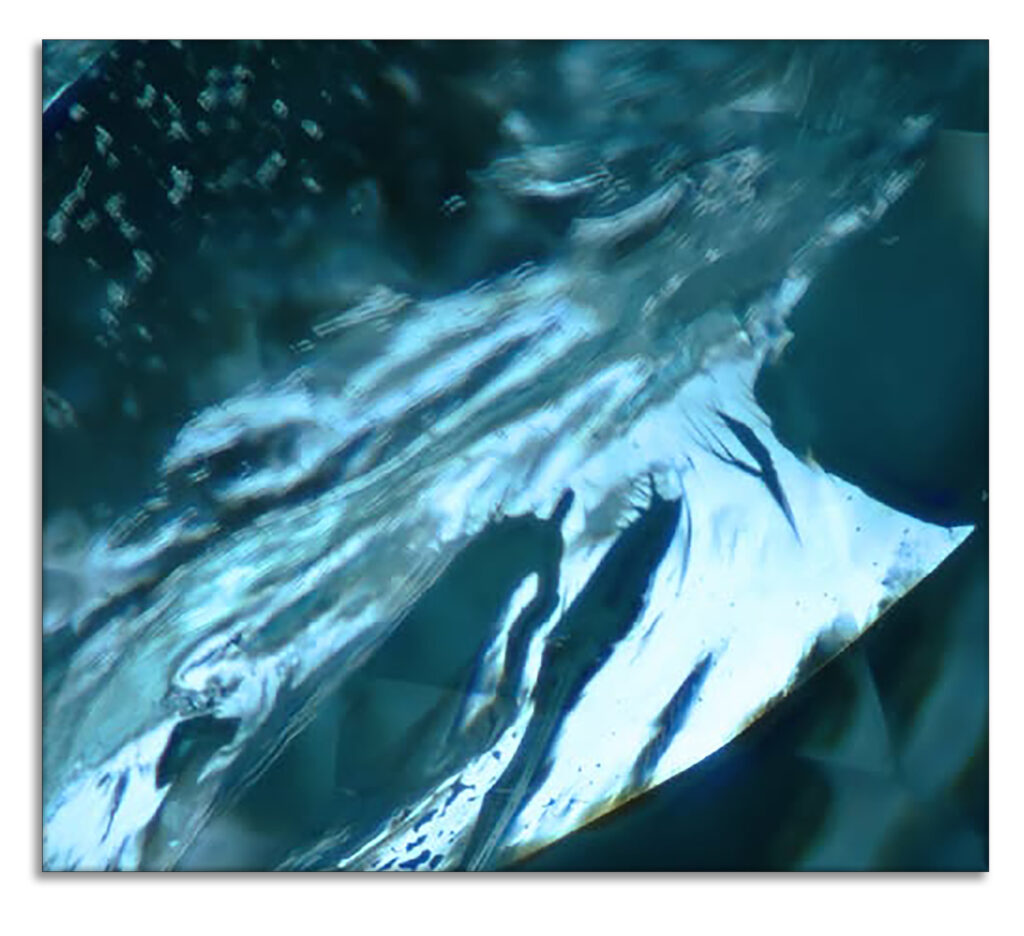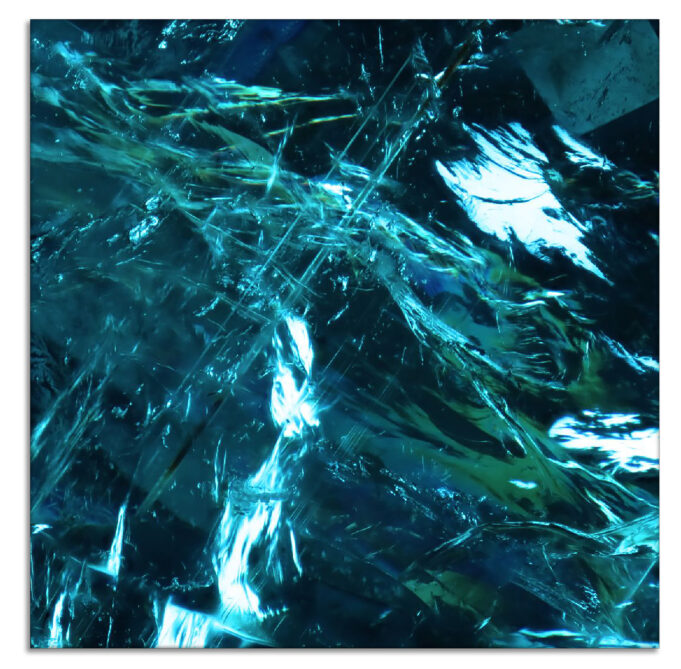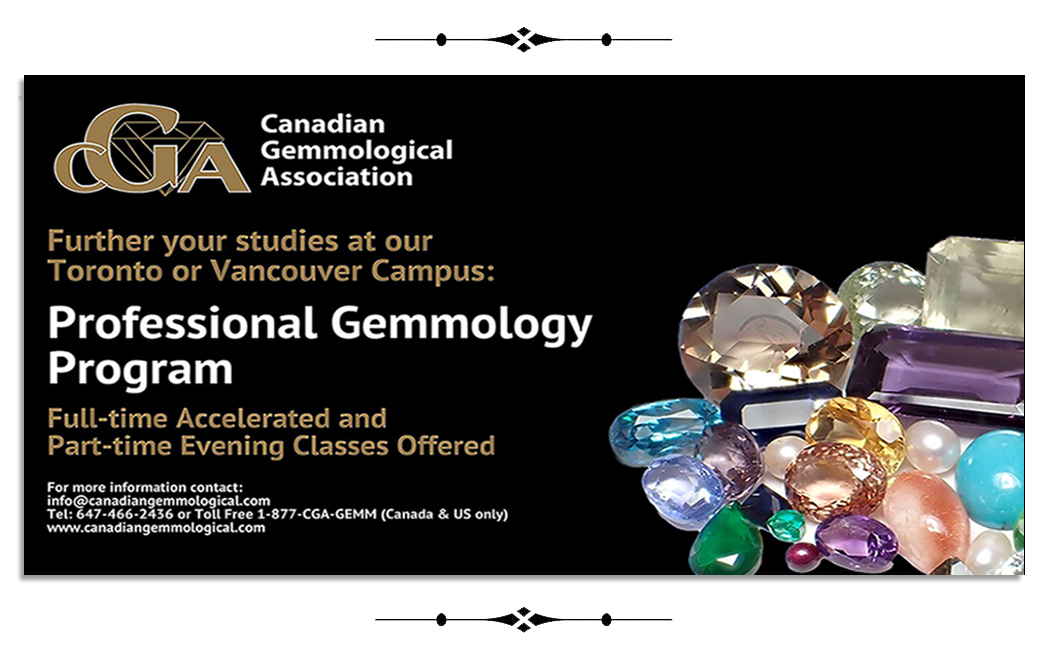We saw this post the other day on FaceBook from the Gübelin Gem Lab – a topic we have been covering for some time now. This should be very helpful – with images.
Like many other gemstones, paraiba tourmalines are naturally full of inclusions and fractures.
Clarity enhancement, a treatment widely known for emeralds, is now increasingly applied to other coloured gemstones, including ruby, sapphire, and paraiba.
This treatment involves filling fractures with a material whose refractive index closely matches that of the host gemstone. When the filler is applied, it reduces the visibility of the fractures, often rendering them nearly or completely invisible to the naked eye.
Microscopic examination is an effective method to detect clarity enhancement. Under magnification, the outlines of the filled fissures may appear blurred or unclear. In cases of strong filling, the fractures can become entirely hidden, often leaving behind characteristic colour flashes. If the gemstone is gently heated, the filler may expand, causing droplets to emerge along the fissure surface—a telltale sign of this treatment.
Understanding these treatments is key to appreciating the beauty and craftsmanship behind gemstones like Paraiba, while also ensuring transparency in the trade.

– Picture 1: Untreated fissures display sharp, reflective outlines.
– Picture 2: Filled fissures exhibit blurred and indistinct extension areas.
– Picture 3: Heavily filled fissures appear completely concealed, often showing characteristic colour flashes.
– Picture 4: A chain of minute droplets is visible along the surface of filled fissures, indicative of filler expansion.
📸: Keith Chow, Gübelin Gem Lab, Hong Kong
Check out their post on Facebook, here!













